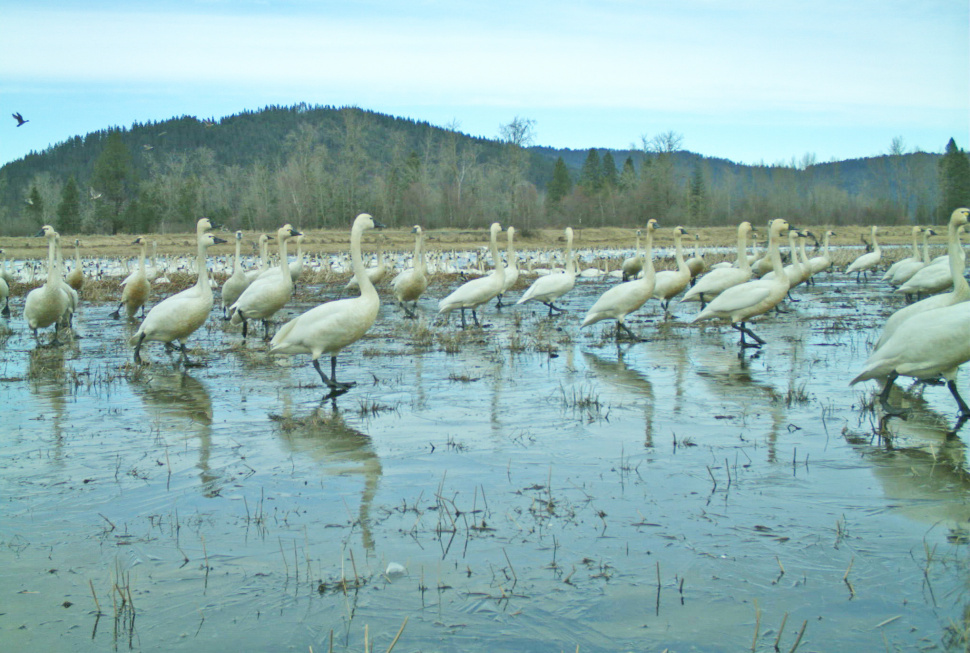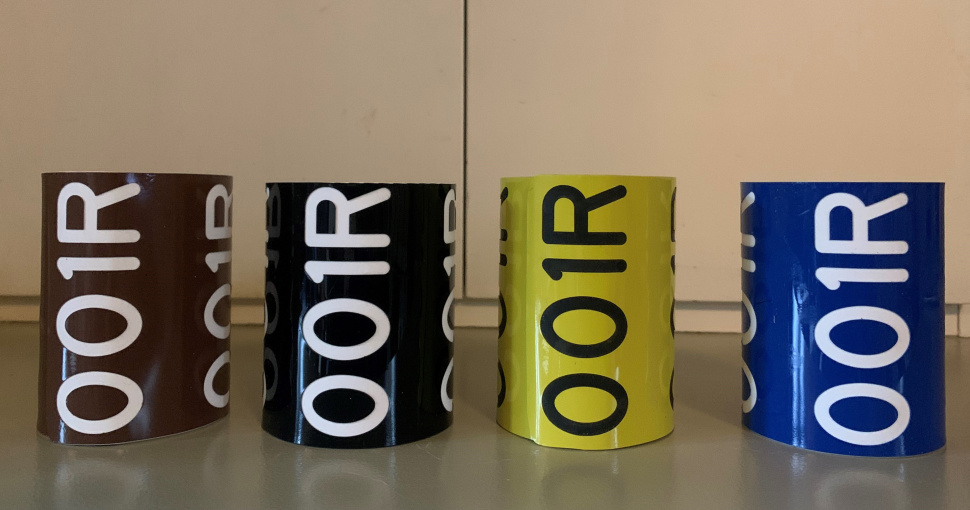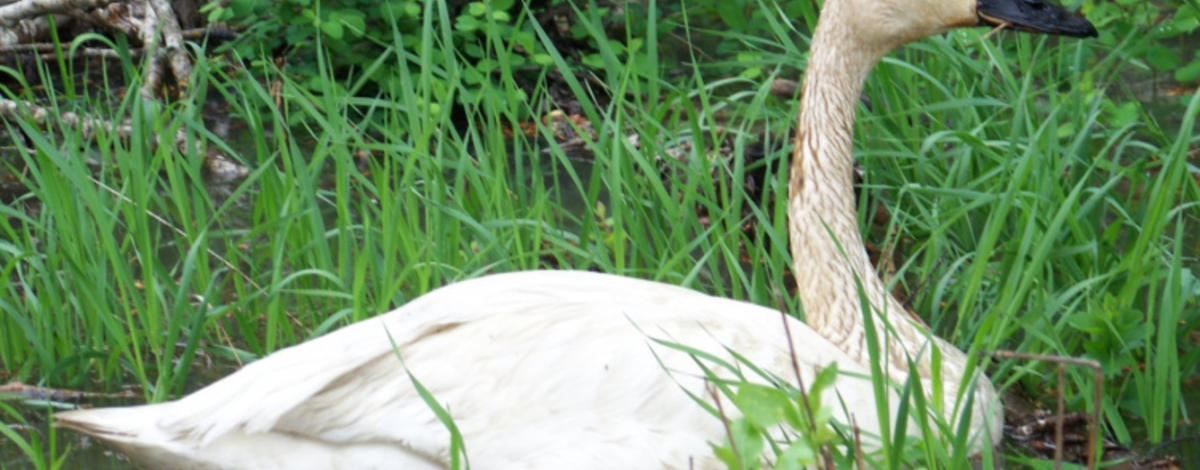The Lower Basin of the Coeur d’Alene River consists of thousands of acres of wetland habitat that lie along the migration corridor for the Tundra Swan. Over 150 years of mining in the Silver Valley have deposited contaminated mine tailings and sediment into the marshes and floodplains of the Lower Basin.
Over 95% of the wetland areas within the Lower Basin contain sediment that is toxic to wildlife. As swans, and other waterfowl, dabble and forage in the water, they swallow high levels of lead found in the sediments. This leads to the deaths of many birds every migration season.
The U.S. Environmental Protection Agency is working to create clean feeding habitat in the Lower Basin, like the Schlepp Wetlands Restoration area, which has over 400 acres of a clean and productive wetland habitat used by swans.

 US Fish and Wildlife Service
US Fish and Wildlife Service
Tundra swans resting in the east field of the Schlepp Wetlands captured by a US Fish and Wildlife game camera.
EPA is collaborating with Idaho Fish and Game, US Fish & Wildlife Service and the Coeur d’Alene Tribe to measure how and where swans are exposed to contaminated sediment, and if their overall exposure to lead is decreasing due to feeding in clean wetlands such as the Schlepp Wetlands. During the swans’ stopover in the Lower Basin, they frequently move between wetland areas.
This study is investigating ways to measure lead exposure by collecting sediment and swan feces where swans are observed foraging in wetlands, then comparing them to swan blood lead levels at uncontaminated and contaminated locations.

 US Fish and Wildlife Service
US Fish and Wildlife Service
Map of the swan study area in the Lower Basin of the Coeur d'Alene River in North Idaho.
Future monitoring of sediments and swan feces on the wetlands, which is much easier to collect, would then be used to determine waterfowl health linked to exposures at specific wetlands and throughout the basin.
During the week of March 7 – 11, 2022, a team of biologists will be sampling sediments and fecal samples from the surfaces of wetlands in the Lower Basin where swans were recently observed. Swans will be captured to collect blood and fecal samples and affix marking devices, such as colored neck collars and satellite collars.

 US Fish and Wildlife Service
US Fish and Wildlife Service
Colored collars that will be used to mark swans.
These marking devices will provide a better understanding of how swans use the Lower Basin. Biologists will be capturing swans after dusk using airboats and spotlighting so they can be safely sampled and released.
Results of this study are expected to support the use of waterfowl feces as a long-term monitoring tool to track waterfowl health and exposure to lead as the basin is cleaned up. The study report will be distributed and publicly available when finalized.
For more information, please contact:
Kim Prestbo, US EPA Project Manager: 206-553-0239 / prestbo.kim@epa.gov
Mark Jankowski, US EPA Ecotoxicologist: 206-553-1476 / jankowski.mark@epa.gov
Brittany Morlin, US FWS Biologist: (208) 769-5111 / brittany_morlin@fws.gov
Dave Van de Reit, Idaho Department of Fish and Game Biologist: (208) 818-3695/ david.vanderiet@idfg.idaho.gov
Rebecca Stevens, Coeur d'Alene Tribe, Hazardous Waste Management Program: (208) 667-5772/ rstevens@cdatribe-nsn.gov
Visit the Restoration Partnership website for information on the Schlepp Wetlands Restoration area:
https://www.restorationpartnership.org/schlepp.html
Please report dead swans that appear to have colored neck collars or satellite transmitters to Mark Jankowski, as listed above.

